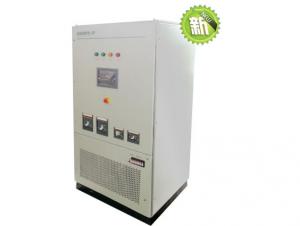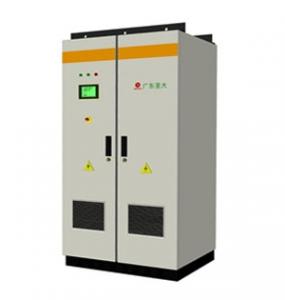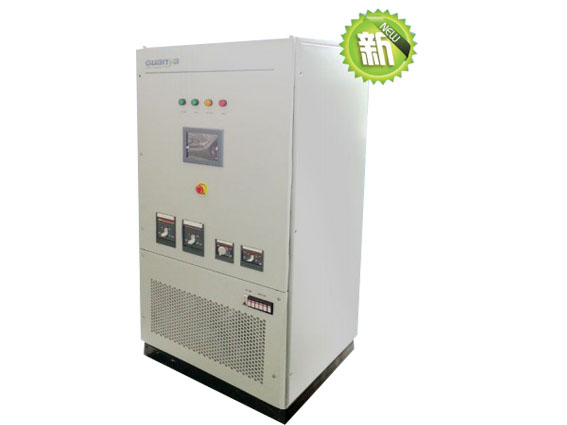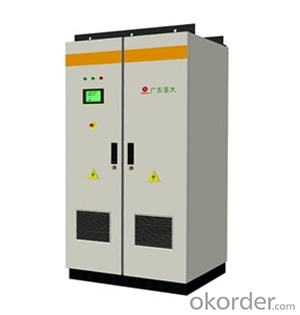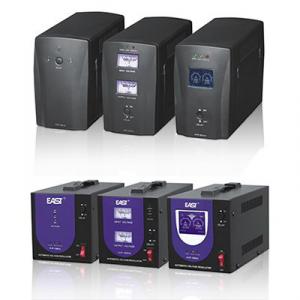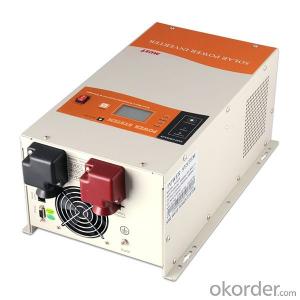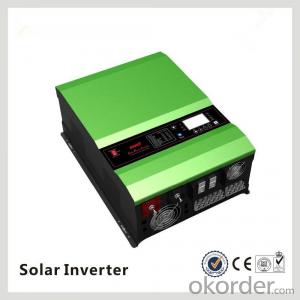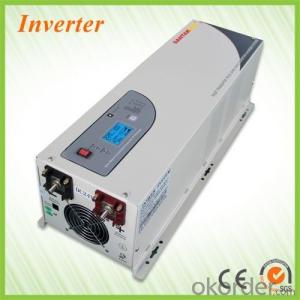Lac Solar Inverter 4kva Inverter Solar Inverter Best Selling Products
OKorder Service Pledge
OKorder Financial Service
You Might Also Like
Description:
CNBMSOLAR is a world-leading and Vertical integrated manufacturer of high-performance with Silicon,
Wafer, Cells, Modules, which convert sunlight into electricity for residential, commercial, and utility-scale
power generation.
The capacity of CNBMSOLAR is reach to 1GW, and make sure each year our shipment capacity is more
Than 700-800MWs, at the same time, we have set up the largest solar power station with our partner
in Ukraine.
CNBM is a Quality + Service oriented company with“Excellence at Each Step” approach, composed of
the finest components from TUV and IEC-certified partners around the world, CNBM modules consistently
undergo a variety of trials at the company’s Test & Development Centre, ensuring peak performance
capabilities. The company is committed to develop and provide the world with clean and renewable energy
to ease the energy shortages as well as human kind’s impact on the environment.
Feature:
1. Professional solution for offogrid solar system
2. Inverter/AC charger/transfer switch/PWM solar charger
3. Build-in solar controller 12V/24V/48V 40A and 60A
4. Remote control RJ45 and RS232(optional)
5. Pure sine wave output inverter for various load
6. Three-gear switches ,with energy saving mode
7. Excellent loads with 3*rated start power
8. Low power saving mode to conserve energy
9. Built-in AC bypass relay, UPS function
10. Advanced microprocessor control
11. Input polarity/UVP/OVP/OSP/OLP/OTP
12. MPPT solar charger(optional)
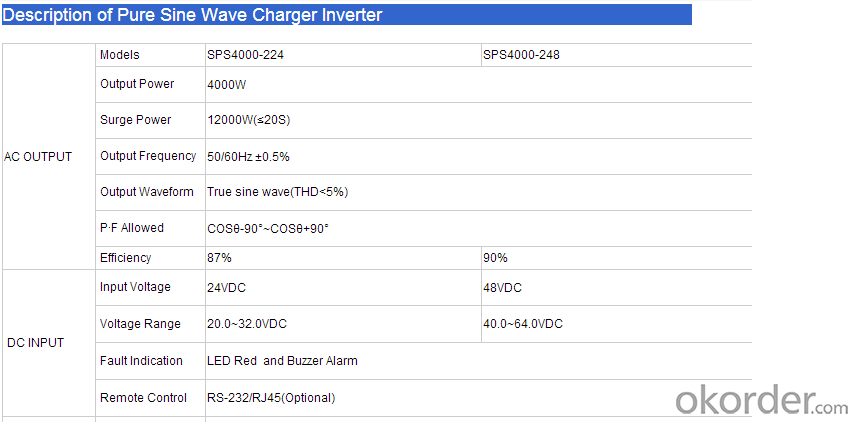
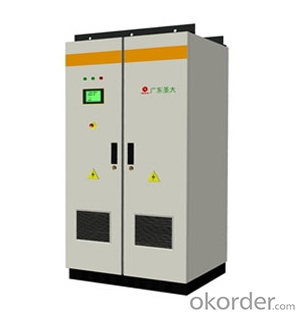
FAQ:Why select our solar system inverter
1. Excellent performance : DC to AC, AC bypass, AC charger, UPS
2. Unique advantage: inverter can start auto with AC input ,even if no battery
3. UPS Function
4. Fast delivery and good after-sale sevice
5. Customized accepted.
6. Fashion and reasonable design
- Q: What is the typical installation process for a solar inverter?
- The typical installation process for a solar inverter involves several steps. First, the inverter is mounted in a suitable location, usually close to the solar panels and near the electrical service panel. Then, the DC input wires from the solar panels are connected to the DC input terminals on the inverter. The AC output terminals of the inverter are then connected to the electrical service panel, allowing the generated electricity to be fed into the grid or used by the household. Finally, the inverter is connected to a monitoring system, which enables the user to track the performance and energy production of the solar system. It is important to note that the installation process may vary depending on the specific inverter model and the local electrical codes and regulations.
- Q: Can a solar inverter be used with batteries for energy storage?
- Yes, a solar inverter can be used with batteries for energy storage. In fact, this is a common practice in solar power systems, where excess energy generated by the solar panels is stored in batteries for later use when the sun is not shining. The solar inverter plays a crucial role in converting DC power from the batteries into usable AC power for electrical appliances.
- Q: Can a solar inverter be used with a solar-powered air conditioning system?
- Yes, a solar inverter can be used with a solar-powered air conditioning system. The solar inverter converts the direct current (DC) electricity generated by the solar panels into alternating current (AC) electricity, which is used to power the air conditioning system. This allows the air conditioning system to run efficiently and effectively using solar energy.
- Q: Can a solar inverter be used in regions with high levels of electromagnetic interference?
- Yes, a solar inverter can be used in regions with high levels of electromagnetic interference. However, it is important to ensure that the inverter is properly shielded and meets the necessary electromagnetic compatibility standards to minimize any potential disruptions or malfunctions caused by the interference.
- Q: What is the role of a solar inverter in preventing underperformance?
- The role of a solar inverter in preventing underperformance is to convert the direct current (DC) produced by solar panels into alternating current (AC) that can be used to power electrical devices. It ensures optimal performance by tracking the maximum power point of the solar panels, regulating voltage and current levels, and protecting against voltage fluctuations or grid disturbances. This helps to minimize energy losses, enhance system efficiency, and prevent underperformance by ensuring that the solar system operates at its maximum capacity.
- Q: How does a solar inverter handle grid faults and disturbances?
- A solar inverter is equipped with various protective features to handle grid faults and disturbances. It continuously monitors the grid voltage and frequency, and in the event of a fault or disturbance, it reacts quickly to ensure the safety of the system and prevent any damage. The inverter's built-in protection mechanisms, such as overvoltage and overcurrent protection, allow it to disconnect from the grid when necessary. This protects the inverter and the solar panels from potential harm caused by grid faults. Additionally, some advanced solar inverters offer features like anti-islanding protection, which prevent the inverter from feeding power into the grid during a fault or disturbance, further ensuring the stability and reliability of the system.
- Q: How does a solar inverter affect the voltage stability of a solar system?
- A solar inverter plays a critical role in maintaining voltage stability in a solar system. It converts the direct current (DC) generated by solar panels into alternating current (AC) which is suitable for use in our homes and businesses. By regulating and adjusting the voltage levels, a solar inverter ensures that the power generated by the solar panels matches the required voltage of the electrical grid. This helps to maintain a steady and stable voltage output, preventing fluctuations and ensuring the smooth functioning of the solar system.
- Q: What is the maximum DC input current that a solar inverter can handle?
- The maximum DC input current that a solar inverter can handle depends on the specific model and its design specifications. It can range from a few amps to several hundred amps, depending on the power capacity and intended usage of the inverter. It is important to consult the manufacturer's specifications to determine the exact maximum DC input current for a specific solar inverter.
- Q: Can a solar inverter be used with a net metering system?
- Yes, a solar inverter can be used with a net metering system. In fact, a solar inverter is an essential component of a net metering system. It converts the direct current (DC) electricity generated by the solar panels into alternating current (AC) electricity that can be used to power the home or business. The excess electricity produced by the solar panels is fed back into the grid through the net meter, allowing the utility company to credit the owner for the excess energy produced.
- Q: Can a solar inverter be used for both grid-tied and off-grid systems?
- No, a solar inverter cannot be used for both grid-tied and off-grid systems. Grid-tied inverters are designed to convert solar energy into electricity and feed it back into the grid, while off-grid inverters are designed to convert solar energy into usable electricity for standalone systems not connected to the grid. The requirements and functionalities of both types of systems are different, so separate inverters are needed for each.
Send your message to us
Lac Solar Inverter 4kva Inverter Solar Inverter Best Selling Products
OKorder Service Pledge
OKorder Financial Service
Similar products
Hot products
Hot Searches
Related keywords
